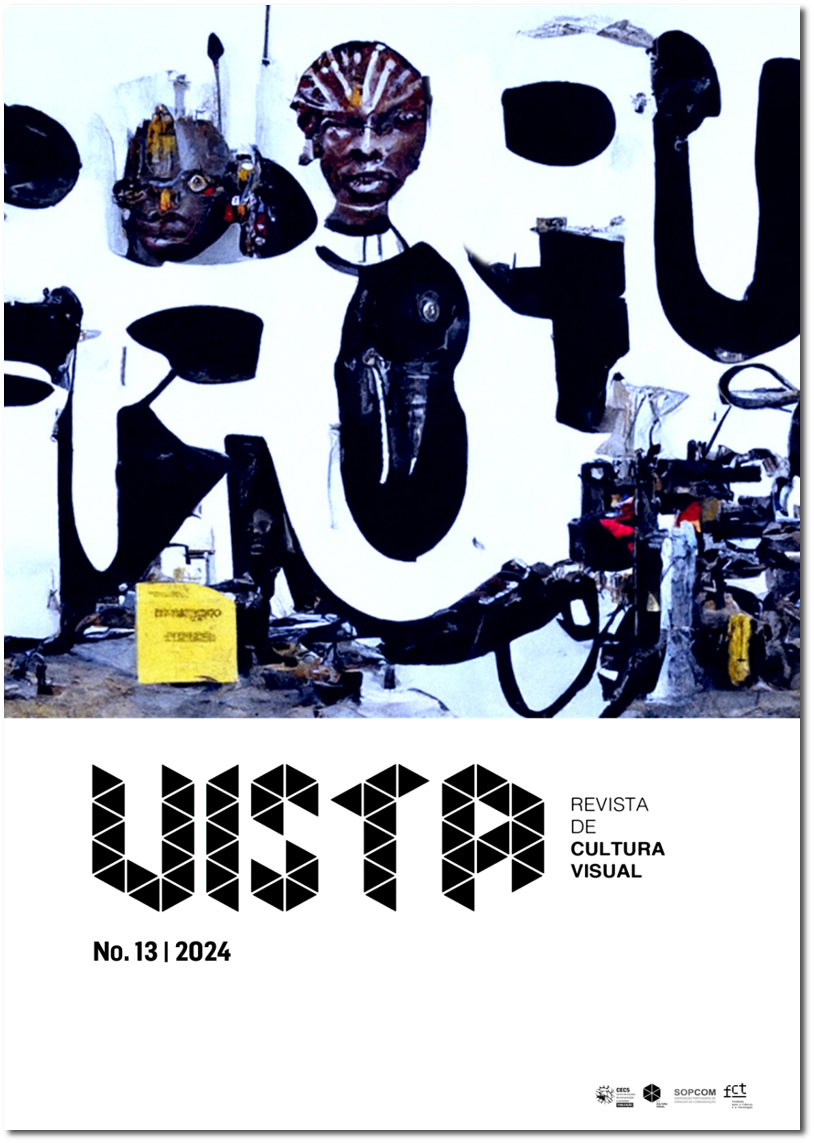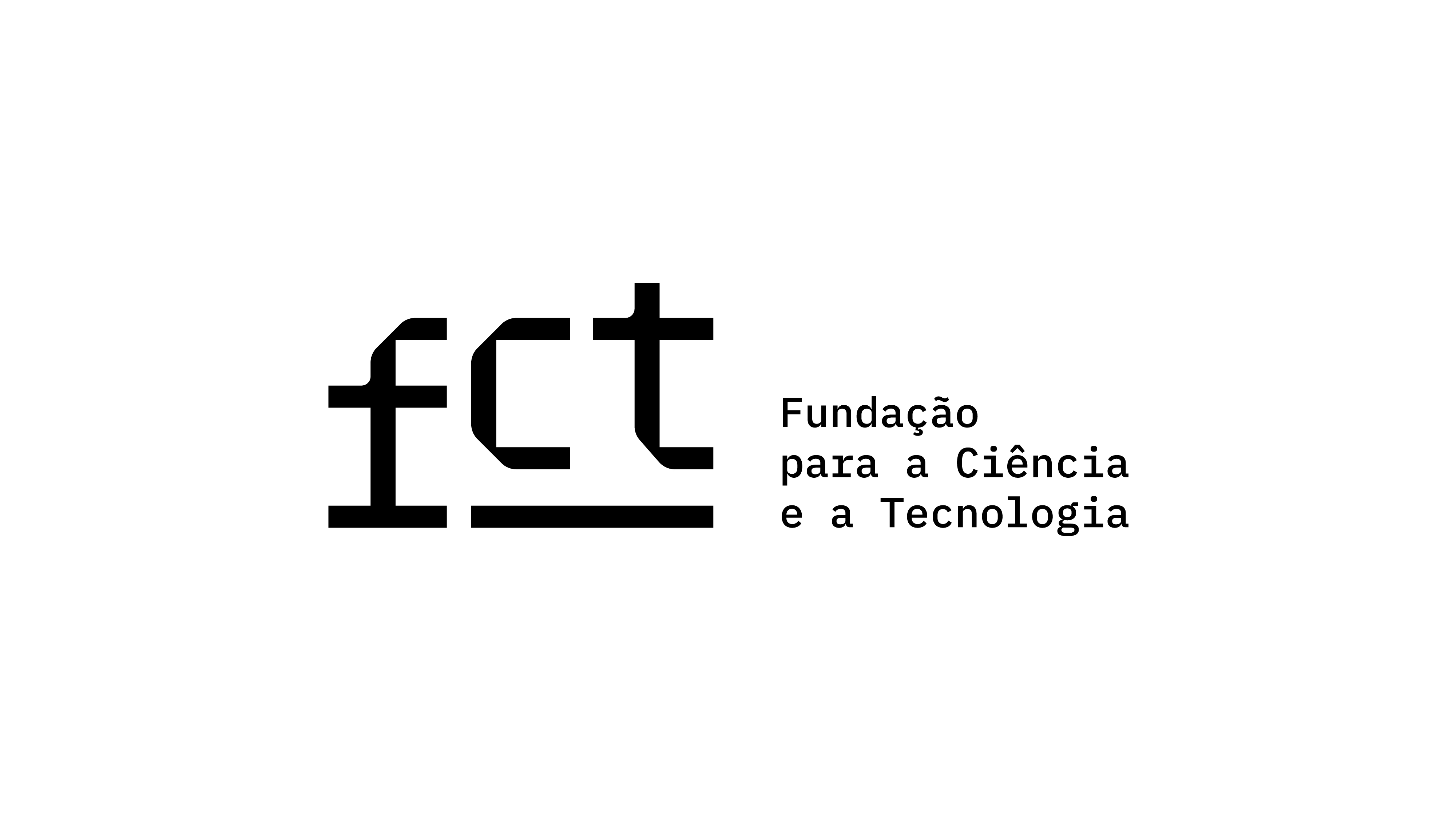What Endures in the Rubble-Image?
DOI:
https://doi.org/10.21814/vista.5257Keywords:
urban demolition, fragment, found photograph, public representation, ruinAbstract
When a building is demolished, its cohesive and planned structure fractures into countless fragments. These heterogeneous and disorganised fragments blur the boundaries between what was once private — the domestic space — and what is now public — the formerly occupied land. In 2019, I stumbled upon a family photograph amidst the rubble left by the demolition of the last towers of the Bairro do Aleixo in Porto. Constructed in the 1970s, this was a public housing estate designed to accommodate families from Ribeira-Barredo who had been displaced due to urban redevelopment. Throughout the years, the five towers have hosted a sizable and fluctuating population that has adapted and made use of this previously unconventional housing model. From 2011 to 2019, Aleixo underwent three demolition operations, politically supported by arguments citing its structural and social deterioration as justification. The first two were striking implosions broadcasted on television, whereas the final demolition, which I witnessed, unfolded as a slow deconstruction spanning several months. In the photograph, the woman dressed in white poses on a balcony of Tower 1 within the old Bairro do Aleixo. In the background stands the phallic skeleton of Tower 4, which would be imploded decades later. Upon its unearthing, the photograph, weathered by time and circumstance, hinted at a conceptual connection with the debris surrounding it. In this article, my focus centres on this found photograph, aiming to unveil the processes and tensions encapsulated within this fragment. I draw on the ontological connections between photography and death, as well as between photography and ruin, to analyse the spectral image of this obliterated site. I delve into what the encounter with this image might reveal about the memory of the neighbourhood, its public image, and the extensive and violent process of displacing its residents. I reach the concept of a "rubble-image" as pivotal in interpreting this nearly vanished imprint that stubbornly affirms the persistence of a dissenting and complex place, supposedly erased from public space and suppressed from urban memory by dominant sensibilities.
Downloads
References
Azoulay, A. (2013). When a demolished house becomes a public square. In A. L. Stoler (Ed.), Imperial debris (pp. 194–224). Duke University Press. https://doi.org/10.1215/9780822395850-007 DOI: https://doi.org/10.1215/9780822395850-007
Barthes, R. (1984). A câmara clara: Nota sobre a fotografia (J. Castañon Guimarães, Trad.). Editora Nova Fronteira. (Trabalho original publicado em 1980)
Bondi, L. (1992). Gender symbols and urban landscapes. Progress in Human Geography, 16(2), 157–170. https://doi.org/10.1177/030913259201600201 DOI: https://doi.org/10.1177/030913259201600201
Câmara Municipal do Porto. (1969). Grupo de moradias populares do Aleixo—Memória descritiva. Arquivo da Câmara Municipal do Porto.
Didi-Huberman, G. (2012). Imagens apesar de tudo (V. Brito & J. P. Cachopo, Trads.). KKYM. (Trabalho original publicado em 2004)
Didi-Huberman, G. (2017). Cascas (A. Telles, Trad.). Editora 34. (Trabalho original publicado em 2011)
Fernandes, L. (1997). Actores e territórios psicotrópicos: Etnografia das drogas numa periferia urbana [Tese de doutoramento, Universidade do Porto]. Repositório Aberto. https://repositorio-aberto.up.pt/handle/10216/18145
Gordillo, G. R. (2014). Rubble: The afterlife of destruction. Duke University Press. https://doi.org/10.1215/9780822376903 DOI: https://doi.org/10.1515/9780822376903
Hayden, D. (1977). Skyscraper seduction, skyscraper rape. Heresies, (1). https://www.readingdesign.org/skyscaper-seduction
JMM. (2019, 21 de novembro). Torres do Bairro do Aleixo [Vídeo]. Facebook. https://m.facebook.com/jmmdemolicoes/videos/2504298846292562/?refsrc=deprecated&_rdr
Kern, L. (2020). Feminist city. Verso.
Lefebvre, H. (1991). The production of space. Blackwell Publishing.
Lima, A. (2012). Aleixo: O início do fim. Revista Punkto. https://www.revistapunkto.com/2011/12/aleixo-o-inicio-do-fim-ana-lima.html
Lusa. (2013, 12 de abril). Dezenas de pessoas invadem zona dos escombros do Bairro do Aleixo. Notícias Ao Minuto. https://www.noticiasaominuto.com/pais/62301/dezenas-de-pessoas-invadem-zona-dos-escombros-do-bairro-do-aleixo
Massey, D. (2008). Pelo espaço: Uma nova política da espacialidade (H. Pareto Maniel & R. Haesbaert, Trads.). Bertrand Brasil. (Trabalho original publicado em 2005)
Medeiros, M. (2010). Fotografia e verdade: Uma história de fantasmas. Assírio & Alvim.
Pestana, M., & Moreira, P. (2014). Aleixo sempre. Jornal Arquitectos. http://arquivo2.jornalarquitectos.pt/aleixo-sempre/
Pinto, M. (2019a, 4 de maio). Esvaziaram o Aleixo. E o Porto vai ficar melhor por isso? Público. https://www.publico.pt/2019/05/04/local/reportagem/esvaziaram-aleixo-porto-vai-ficar-melhor-1871395
Pinto, M. (2019b, 11 de maio). Quando o Aleixo conta outra história do Porto. Público. https://www.publico.pt/2019/05/11/local/reportagem/aleixo-conta-historia-porto-1872158
Queirós, J. (2019). Aleixo: Gênese, (des)estruturação e desaparecimento de um bairro no Porto [1969 – 2019]. Edições Afrontamento.
Raqs Media Collective. (2011). Demolition. Atlas of Transformation. http://monumenttotransformation.org/atlas-of-transformation/html/d/demolition/demolition-raqs-media-collective.html
Sontag, S. (1977). On photography. Farrar, Straus and Giroux.
Távora, F. (2019). Estudo de renovação urbana do Barredo. Câmara Municipal do Porto.
TVI. (2011, 16 de dezembro). Demolição da torre 5 do Bairro do Aleixo [Vídeo]. YouTube. https://www.youtube.com/watch?app=desktop&v=20glilRUmSM
Downloads
Published
How to Cite
Issue
Section
License
Copyright (c) 2024 Flora Paim

This work is licensed under a Creative Commons Attribution 4.0 International License.
Authors own the copyright, providing the journal with the right of first publication. The work is licensed under a Creative Commons Attribution 4.0 International License.













